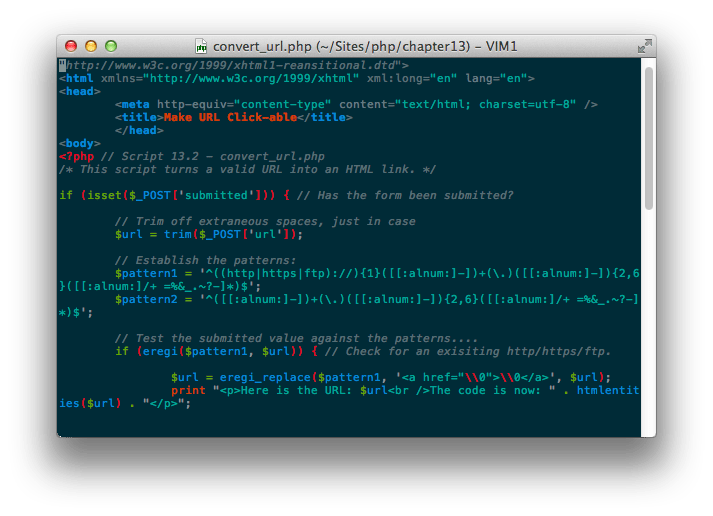
If you don’t know the address of your server, you can usually find it by looking in your router’s DHCP leases page, or by asking your server administrator. Once you have a way to connect to your server (either SSH or VNC), you will need to know the address of the server. This requires that you have a VNC client installed on your Mac, and that your server has a VNC server running. Another way to access a Linux server from a Mac is to use a remote desktop protocol like VNC (Virtual Network Computing). This requires that you have an SSH client installed on your Mac, and that your server has an SSH server running. One way is to use a protocol like SSH (Secure Shell) to connect to the server. If you haven’t yet, you can head over to our documentation page and find out more about TimescaleDB, our open-source extension that makes PostgreSQL scalable.Assuming you have a Linux server and a Mac, you can access the Linux server from the Mac in a few different ways. Option 2: psql Now you have connected via psql. Once you run that command, the prompt will ask you for your password. Now, in order to connect to your PostgreSQL server, we’ll need the following connection params: Let’s confirm that psql is installed: psql -version Last step: Connect to your PostgreSQL server Note: This only installs the psql client and not the PostgreSQL database. Install on Ubuntu and Debian using the apt package manager: sudo apt-get update

From your command line, run the following commands: brew doctorįinally, symlink psql (and other libpq tools) into /usr/local/bin: brew link -force libpq Install on Ubuntu 16.04,18.04 and Debian 9,10 psql -version Install on MacOS using Homebrew


In fact, if you’ve ever installed Postgres or TimescaleDB before, you likely already have psql installed. Before you startīefore you start, you should confirm that you don’t already have psql installed. Here we explain how to install psql on various platforms. Psql is the standard command line interface for interacting with a PostgreSQL or TimescaleDB instance.


 0 kommentar(er)
0 kommentar(er)
